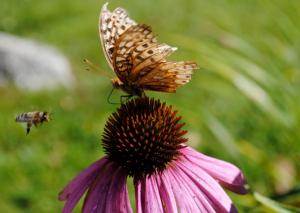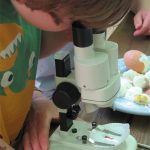Fabulous Fall Festival
Saturday, October 13 • 10 a.m. – 4 p.m.
Live birds, music, soap and wood carving, kids’ crafts, face painting, and more!
$2 / Free if you are 3 and under or show your Museum or Green Mountain Woodcarver membership card
Our schedule of events (but check when you get here to be sure):
10:00 Carving Workshop : Spirit faces in bark (2 hours; $10 fee but this includes all-day admission also)
11:00 Soap Carving
11:00 Live Music by Northeast Field (terrific Celtic music)
1:00 Live Bird Talk
2:00 Soap Carving
2:15 Face Painting
3:00 Nature Note cards
3:59 Announcing Winner of the Kids Raffle
All Day / Ongoing:
- Admire the Art Contest Entries and discover the Winners (Pick up your ribbon and prize if it’s you)
- Used Books and Other Treasures Sale
- Explore the Museum (can you find all 535 eggs? Did we count right?)
- Get a ticket for a Raffle: Kids Raffle (Saturday only) and Decoy Raffle (winner announced October 31)
- Scavenger Hunts
- Nature Quests
- Live birds at our feeders, in the woods, in the meadoews
- Snacks available for sale
- Yet more games and crafts
- Walking trails (have you found the pond? The stone wall? The new bench? All the items on the Unnatural Trail?)









